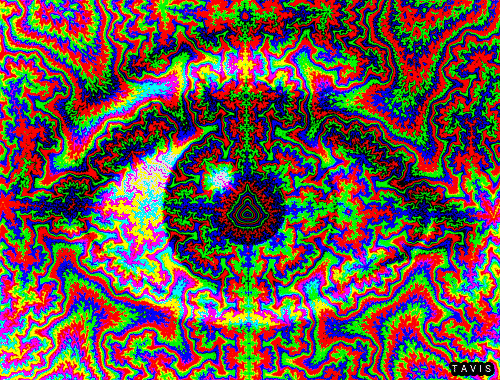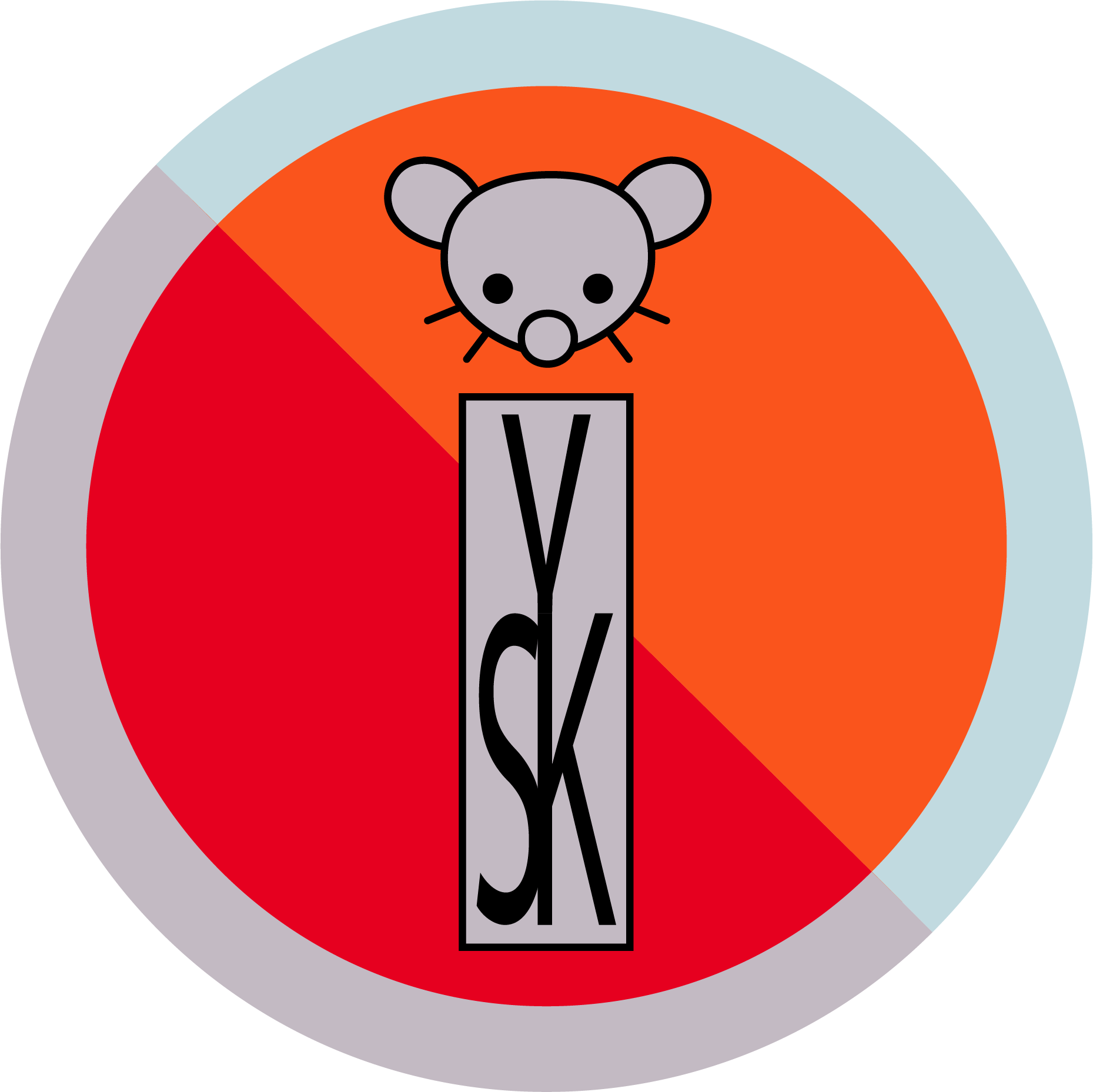SmokeyDope
- 27 Posts
- 131 Comments

 14·1 month ago
14·1 month agoDoes your kid like minecraft? Make a game with them on the minetest/luanti engine. For a base game you can use Minetest Game or a minecraft clone like Mineclonia and follow this modding book. Have the kid make 16x16px textures in gimp and you can rtegister some modded blocks Its as easy as this:
minetest.register_node(“default:stone”, { description = S(“Stone”), tiles = {“default_stone.png”}, groups = {cracky = 3, stone = 1}, drop = “default:cobble”, legacy_mineral = true, sounds = default.node_sound_stone_defaults(), })

 3·1 month ago
3·1 month agoOne one hand very cool good for the spiders.
On another hand AAAAAAAAAAA NOPE FuCk ThAt


 2·1 month ago
2·1 month agoA fun weekend project was to set up a local model to tool call from openweather and wolfram alpha through their API for factual dataset retrieval and local weather info.
Someone In our community showed off toolcalling articles on local instance of Wikipedia through a kiwix server and zim file and that seems really cool project too.
I would like to scrape preprints from ArXiv and do basic rag with them. Also Try to find a way to have a local version of OEIS or see if theres an API to scrape.
So I guess my solution is to use automation tools to automate data retrieval from wiki’s and databases directly. Use RSS, direct APIs, scrapers and tool calling.

 2·1 month ago
2·1 month agoI didnt know they had that many E’s for shoes, my condolences.

 21·1 month ago
21·1 month agoI always wondered why Alien UFOs wouldn’t hide in plain sight as an airplane except for the fact that the blinking lights would surely alert air control that an unregistered plane was in air space right? But I dunno its an interesting idea and your story kind of aligns with the concept
What is ‘the internet’ to you? I think this term means different things to different people. I imagine to people born in the latest generations the internet is social media and productivity corpo sites. To them the internet is youtube, tiktok, twitter, reddit, their bank, and whatever slop services they subscribe to magically beamed into pocket computer through technomagical nerd shit like “5g” and processed through “microprocessors” and other stuff they’ dont care to really understand because its all abstracted away.
I was born early enough for the internet to be nothing more than two computers barely powerful enough to run a GUI calling eachother up through telephone wires to share goofy web 1.0 blogspam. I remember when low res images were the norm and when pre-google youtube was just coming into being. When AOL and Myspace and Newgrounds/flash games. I remember being a kid and loving computers because I never knew what new cool website was on the horizon to discover and play with. I remember that people used things like newsgroups and pre-craigslist to meet up for transactions.
This is the internet, to me. At least what it once was and what it can be again. People using the digital landscape to freely express themselves with their own hardware. To come together to share in hobbies and interest and passions.
We could have that again if we all bought into a standardized radio based mesh network that could host personal sites while acting as a routing node.
But I don’t know if the general public will ever be pushed to partake in this network. They would have to be squeezed very hard to try alternatives to the common way of things.

 131·1 month ago
131·1 month agoFirefox has been slowly ramping up AI integration and data collection/telemetry. Fortunately theres many forks that rip all that out. Librewolf and ironfox are good examples.
The truth is Mozilla is not profitable as a company and FF would have died a long time ago if Google didn’t pay up to keep them alive to help avoid monopoly busting suits. In a worse timeline we don’t even have modern FF to fork from or ublock in 2025.

 8·2 months ago
8·2 months agoTo be more precice the universe appears driven to expand and maximize its potential for representing or becoming new distinct states, using the least possible input. This is relates to complexity, microstate phase space, and computational cost to turn entropy into order.
This theme runs from the Big Bang and the formation of the first particles, to stars creating complex atoms, to our planet forming and RNA assembling from a primordial soup. Its the expansion of potential and possibility.
The universe’s ontology is one of maximizing the paths it can explore while minimizing the resources needed to make any specific outcome stable. This is the principle of least action, viewed through information theory and the expansion of phase space.
RNA and DNA are perfect examples. They require very little matter to form. They are just complex enough to bootstrap life and create endless variation through mutation, which preserves a vast space of possibility. Yet they are not so complex that they could not arise from random chance in a primordial soup. They are seeds for unique actualization and complexity stratification at relatively little energy and matter cost paid while also keeping the door open to further new stated of becoming in the next iteration. It is an information-theoretic optimization tradeoff on which order and entropy interact, where their meeting boundaries create novel complex phenomenon.

 7·2 months ago
7·2 months agoIts pretty cool!

 4·2 months ago
4·2 months agoIncluding a dildo as a random image is such a power move, no signs of encroaching corporate enshittification or AI here :)
Same story here. My first Space Age run went to Gelba, I didn’t like it very much and lost interest probably half way through. Glad I asked for recommendations this run. Volcanus is actually an interesting start with a big payoff.

 15·2 months ago
15·2 months agoTheres still browsers like waterfox, librewolf, palemoon, ungoogled chromium. For search engines theres SearX(NG), 4get.ca, YaCy, some more obscure ones like qwant or marginalia.search and a dozen other resellers of google and bing that nobody cares about.

 134·2 months ago
134·2 months agoI can name you many. Superjail, Squidbillies, Harvey Birdman Attorney at Law, robot chicken, aqua team hunger force, home movies, moral orel, the ooblongs, the boondocks, space ghost coast to coast. Thats not mentioning all the fox stuff like american dad or the anime toonami stuff like inuyasha

 7·2 months ago
7·2 months agoI highly doubt i would be recognized by anyone in any meaningful capacity. To draw attention and get internet clout you need to be a hyperactive poster, a mod for an active community, or engage in a little politics/drama otherwise nobody notices nobody cares. Im just some guy who says things and post whatever.

 3·2 months ago
3·2 months agoSorry to hear that, did you ever manage to get the rocket to space?

 5·2 months ago
5·2 months agoIt depends on how you play I guess. I’m constantly running on foot short distances where it doesnt make sense to look for a car. Lots of doubling over your factory running spaghetti lines and expanding out existing sites a few tiles at a time.
Late game you can hangout in the map and place things remotely but thats not how it usually is for me. Also keep in mind a game can last many dozens of hours so all speed boost add up over time. I believe concrete also synergizes with the exoskeleton legs and vehicles.
So moderate convinence and aesthetics I guess. A little speed goes a long way. However its too much of a chore to place it by hand any meaningful area needing to be filled is thousands of tiles usually. So its best to wait until you can have the robots do it for you.

 14·2 months ago
14·2 months agoI enjoy the concepts and structures of mathematics. Fractal geometry, holomorphic dynamics, computational theory, uncertainty principles and all that are fascinating as hell. Discrete systems dancing with continuous integrals at process limits.
I DO NOT ENJOY working with math. Specifically I cant read complex equations. I don’t have an attention disorder but I swear the moment I try reading anything that looks like this I get overloaded and nope out. If it aint highschool algebra with PEMDAS I cant do it. If you put a bullet to my head and pinned my survival on properly solving a quadratic equation I’d just tell you to shoot me.

The concepts are cool once you can get past the notation to understand the ontology of whats trying to be conveyed. The actual expanded out notations and trying to do work with them is a fuckin nightmare.
Also since im ranting can I just say, across STEM the biggest problem is the naming convention. Math and science would be at least 60% more accessable if we went back and renamed all theorems, hypothesis, proofs, to be what they are about instead of just shouting out the guy who discovered it. “eulers identity” doesnt mean a fucking thing. Neither does scrodingers equations or the riemann hypothesis or turing machines. THESE ARE NOT ACCESSABLE NAMES THEY CONVEY NOTHING INTRINSICALLY BESIDES SOME DEAD GUYS LAST NAME. GET SOME PROGRAMMERS WHO KNOW HOW TO ACTUALLY DECLARE HUMAN READABLE STRINGS FOR YOUR FUCKING ABSTRACTION OBJECTS.
 8·2 months ago
8·2 months agoI wrote up a whole few paragraphs and decided most people wouldnt be interested in the nerd stuff, woops. The short of it is that this circle diagram plots points based on fractions that get converted to rotation angle degrees (a faery diagram). What were doing is similarly to things like newtons method, plotting the iterative steps to convergence given a starting value, and comparing the iterative steps as a way to track evolution of the iteration. The way I have it set up is that each level is a plotting of a part of the continuous fraction that eventually builds to the true irrational. Every time chart color dots change is new level of the rational approximation.
Every computable real number has a unique fingerprint in the form of these spiralgraph type patterns and reading these patterns tells you something about them, in particular how hard they are to approximate to an arbitrary precision range.
Rational numbers/degrees will create simple closed periodic loops tracing geometric shapes.

Irrational numbers resist making these kinds of stable periodic orbits due to not being clean ratio fractions. By definition they cant be represented cleanly a/b .This is a gradient though because of something called continued fractional representation. Essentially while you cant represent an irrational exactly, you can find very good rational approximations that get exceptionally close to the real irrational while still remaining finitely bounded and compuable though there will always be error bounds.
Continued fractions are the algorithm that allow you to find these close-approxiations at ever increasing precision. An interesting thing is that some irrationals only need a few steps of continued fractions to reach an incredibly good approximation and some resist approximation much more. So irrationals can be catagorized by which ones quickly 'converge; to a precise approximate ratio and which ones ‘resist’ convergence.
https://en.wikipedia.org/wiki/Continued_fraction

This is the continued expansion fraction for pi. Each level in the diagram is a cutoff of that fraction structure building up to the real value. Notice that 292? That indicates a point where PI is EXCEPTIONALLY well approximated by the ratio, in this case I think its 103993/33102 any further computational effort spent at precision would be a waste.
Fractional ratio series for pi: [(3, 1), (22, 7), (333, 106), (355, 113), (103993, 33102), (104348, 33215), (208341, 66317), (312689, 99532)]…
You can see Irrationals that quickly converge to quasi-periodic orbits meaning that they approach an approximate ratio very quickly include louiville numbers and PI. Notice how they quckly converge into clumping and plotting over the same points. This is the definition of periodicity. They never quite hit the same point but its very very arbitrarily close. Pi is an example of that.

Another:

These have a distinct skinny torus wireframe shape that hugs the interior of the circle.
Meanwhile, most irrationals resist approximation much more. However after enough continued fractions assuming large enough computational resources available and microstates to search through you will find a decent rational approximation.

The golden ratio represents a very unique irrational. It is the one that resist approximation the most. It is maximally aperiodic, the most resistant possible angle value to converging on a good approximate ratio. Each step of the continued fraction is 1,1,1,1,1,.
Structural encoding wise the convergent rationals of phi (fibbonacci numbers) provides exactly the bare minimum amount of information possible to make a meaningful step towards convergence but no more. It maintains the maximal microstate entropy per informational step of computational precision gained. Theres some other interesting properties too im in the middle of formalizing.
As such, points plotted using the golden angle will essentially never overlap. They cover the circle uniformally, randomly, and close the gaps on average the most efficently. The values in the top left diagram like gap width calculate exactly how clumped the points or how uniformily they spread across the circle.

Notice though, that there are still structural patterns formed in the lines that phi traces.
 !
!I’m wondering if these line patterns encode the angles of a pentagon much the same way that show up in the morie pattern of penrose tilings.






The question isnt whether quantum computers have an advantage over regular computers (they pretty much always do for code cracking as the parallel superposition computation is some crazy shit that changes cryptography forever) instead the question is whether or not AES-256 is able to resist our current quantum compute and how long it can do that.
Its a simple equation, as long as it takes longer than the lifespan of the universe to compute with our most powerful supercomputers its considered good encryption. However as computers get more powerful, the projected time decreases potentially to the point of human lifespan time frames. Thats when it becomes a problem and the standard fails.
Currently AES is quantum resistant but it almost certainly won’t be forever. New standards are gonna need to be adopted at some point.